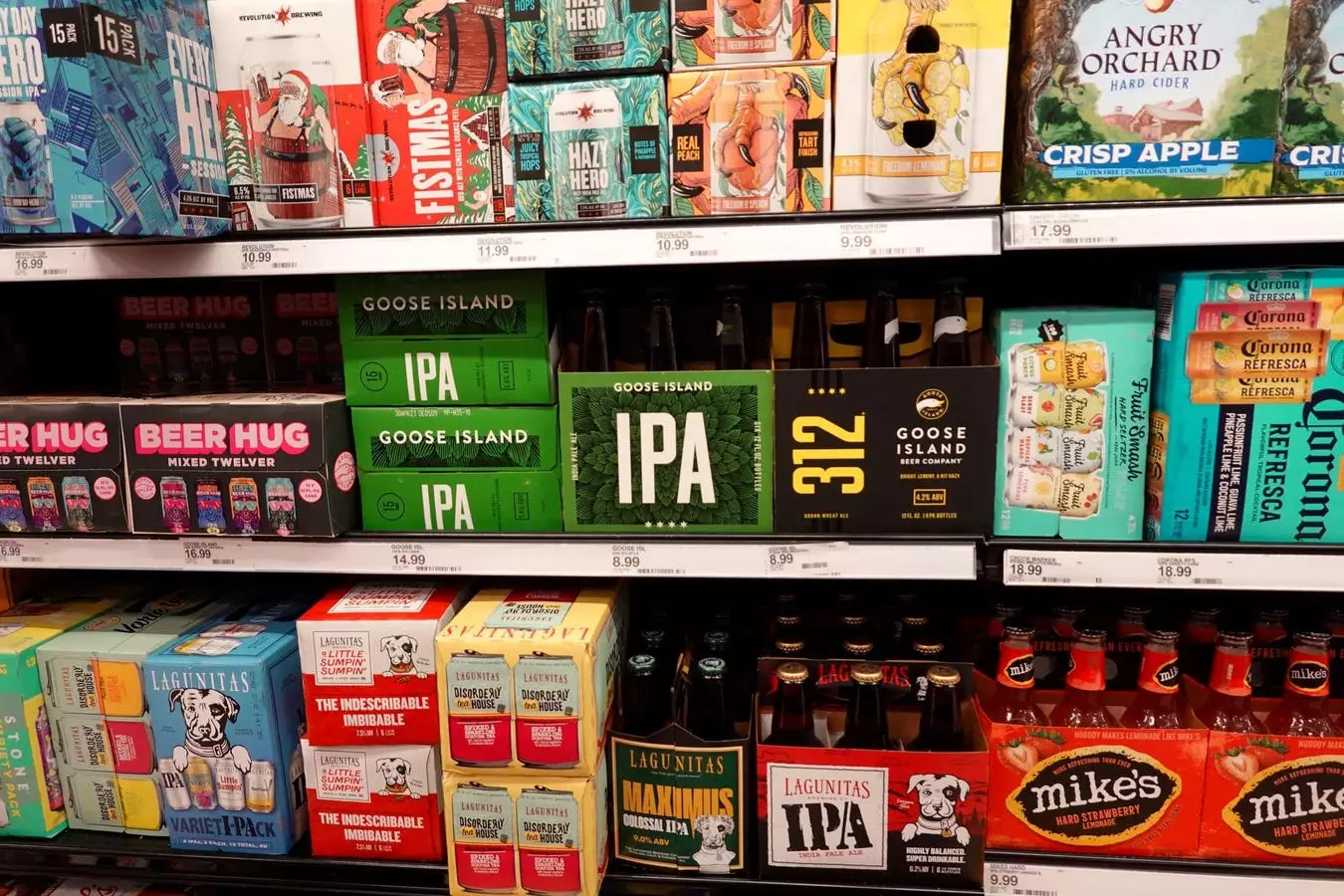The conclusion of the recent U.S. elections, leading to Donald Trump’s potential second term, has spurred analysis across various sectors, particularly the beer industry. Various stakeholders, especially the craft brewing sector, are bracing for the ramifications of an administration likely to strengthen its Republican majority in Congress. With power consolidated, the forthcoming challenges for the beer industry are manifold, and the stakes are higher than ever.
After a relatively prosperous period preceding the COVID-19 pandemic, the U.S. beer industry is facing headwinds that threaten its viability. Reports from the Brewers Association indicate that beer production volume in 2023 fell by 5.1%, exacerbated by a noticeable 1% drop in craft beer production. As consumer preferences evolve—where younger generations are drinking less and choosing alternative beverages—the marketplace for beer is becoming increasingly uncertain.
In addition to shifts in consumer behavior, the pandemic has had lasting effects. With a total of 9,906 breweries registered as of 2023, the industry recorded a net increase of only 72 new operations, while 405 breweries closed their doors for good. This stagnation in growth starkly contrasts with the previously burgeoning craft market and signals potential long-term viability issues.
The financial landscape for the craft beer industry remains precarious. Inflation and rising operational costs are significant concerns as they cast a long shadow over small breweries. With a notable downturn in sales attributed to heightened consumer prices, the industry’s resilience is about to be tested further. The cost of key ingredients and materials is spiraling upward, straining the ability of small breweries to compete effectively.
One major concern for industry experts is that Trump’s policies may compound these issues, particularly through his previous imposition of tariffs. His administration’s trade policies have historically led to elevated costs for breweries. The craft beer sector had already raised alarms regarding the 10% tariff on imported aluminum, which directly resulted in elevated can prices and contributed to significant job losses in the industry, totaling around 40,000 according to the National Beer Wholesalers Association.
One of the pressing fears among brewers is Trump’s continued support for tariffs. As he reveals his inclination to bolster tariffs further—potentially as high as 60% on imports from China—the ramifications for the beer industry could be profound. Since aluminum is a core component of beer packaging, any increase in tariffs would create automatic price inflation, trickling down to consumers and affecting sales across the board.
Additionally, the potential for new tariffs extends beyond raw materials. Brewing equipment often relies on imports, and tariff hikes could lead to a significant financial burden for breweries reliant on foreign suppliers. The repercussions of these policies could stifle creativity and innovation in brewing, daunting emerging breweries and thereby consolidating market power into the hands of a few dominant players.
Beyond tariffs, the beer industry faces the specter of taxation as the new administration’s fiscal policies could impact small businesses severely. The expiration of a 20% tax deduction for pass-through entities is set for 2025; if not amended, this could strangle profitability for many small brewers. Additionally, concerns about potential tax loopholes affecting tips in bars and restaurants could lead to reduced earnings for front-of-house employees, further destabilizing the industry’s workforce.
Moreover, the anticipated cuts in federal funding for agencies directly impacting the beer sector would complicate regulatory processes. Agencies like the Alcohol and Tobacco Tax and Trade Bureau, which is essential for approving new beers and labels, may face budget constraints that cause delays and inefficiencies across the industry. The chaos resulting from such reductions would likely discourage innovation and new market entry.
As we navigate the complexities of the post-election landscape, the future of the U.S. beer industry seems fraught with challenges. While there may be an opportunity from shifting consumer preferences that could favor domestic brews, the overarching impact of potential tariffs, inflation, and fiscal policies threaten to change the trajectory of the industry drastically.
With these elements at play, the craft beer community will need to become more resilient, potentially seeking new strategies and collaborations to survive this turbulent period. The stakes are high, and adaptation will be essential for navigating this uncertain future. As the beer industry stands at a crossroads, it must rally and respond strategically to preserve its unique character in a challenging market.


Napsat komentář